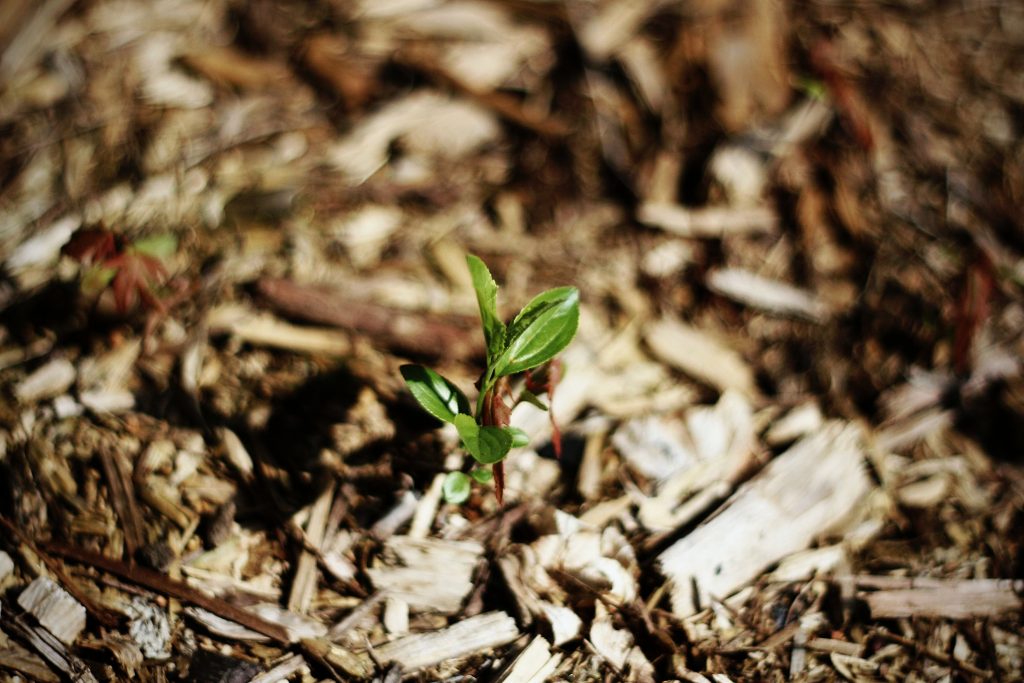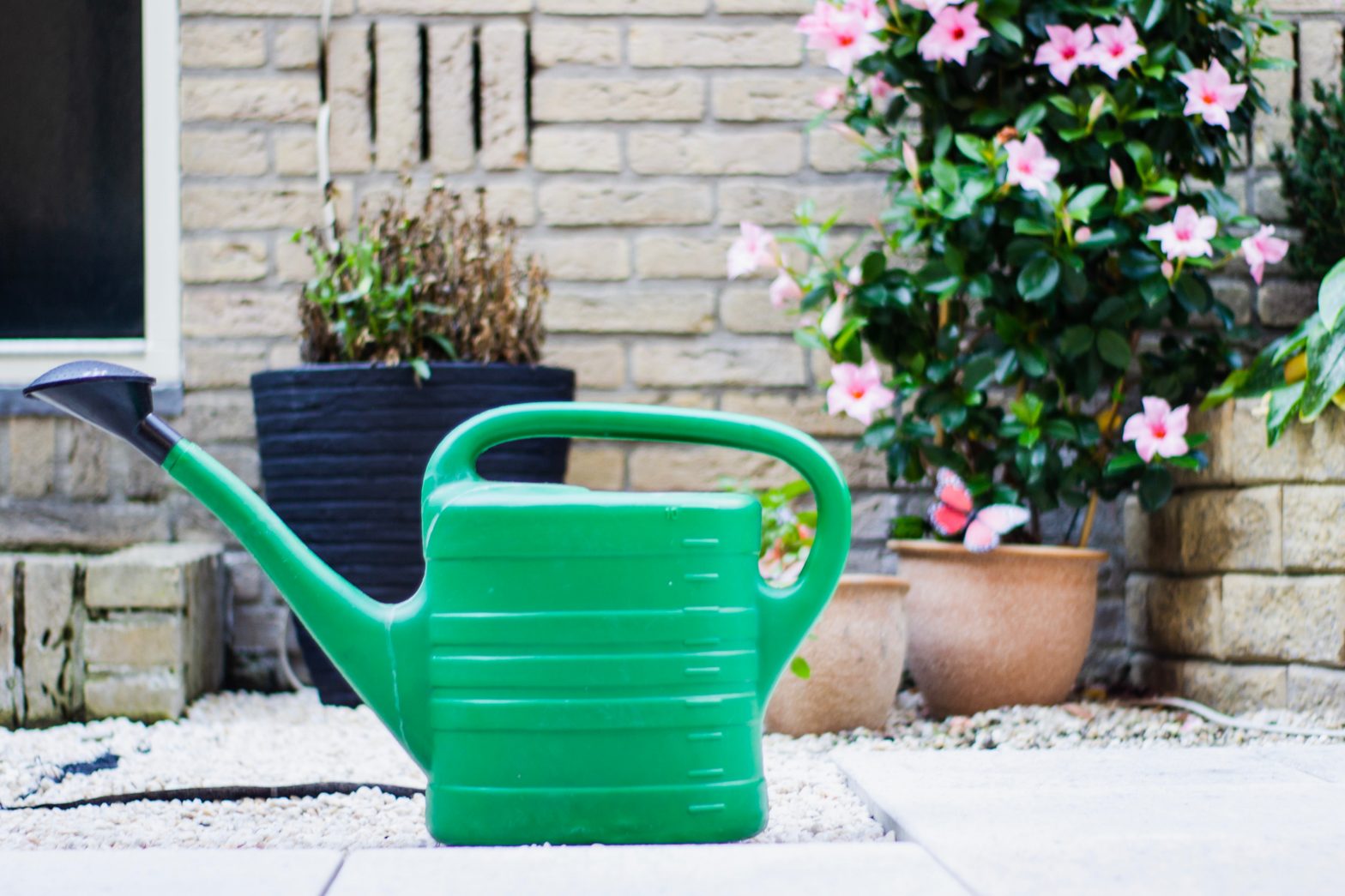Stop filling your rubbish bin with food waste. Here’s how to start composting.
For every five grocery bags of food bought each week, FoodWise estimates one will be tossed in the bin. Approximately half of this waste could be reborn and reused through clever composting.
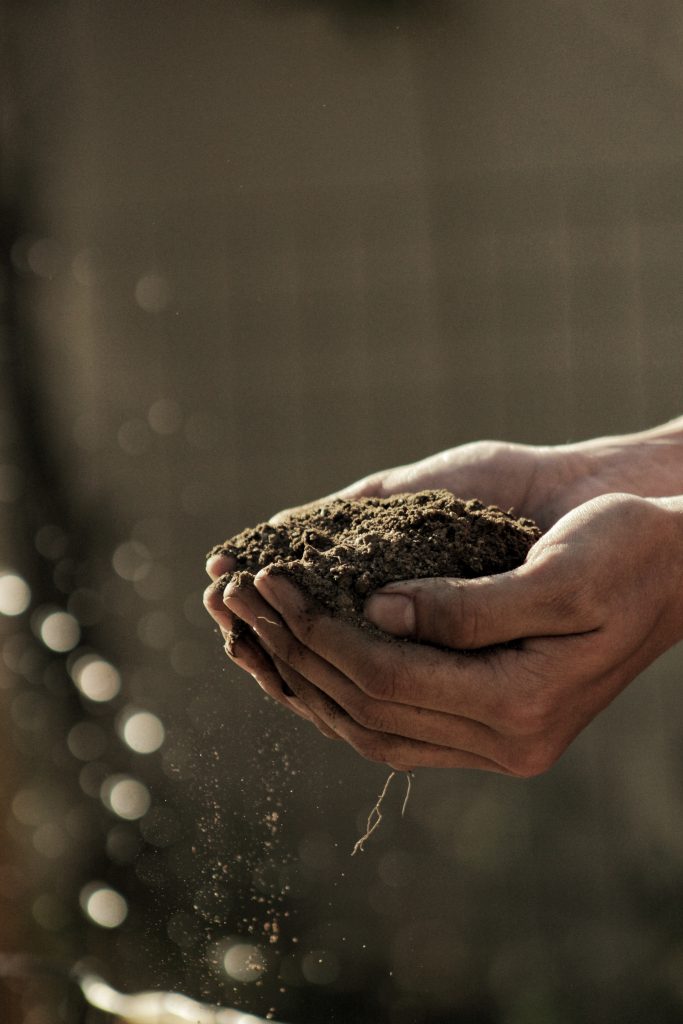
By setting up your own sustainable composting station, you’ll spark the production of good bacteria to break down organic matter, reduce landfill emissions and lower your carbon footprint.
And the good news is getting started is super simple. From choosing a composting container to maintaining your new masterpiece, we break down how to do your bit for the earth in your very own backyard.
Choose your location
The easiest way to start is with a compost container. It will help speed up the decomposition process through temperature and moisture control – and make sure your scraps are out of sight.
Buy a container or opt for a large plastic garbage bin with a secure lid. Drill five holes in the bin’s lid, sides and bottom to provide airflow.
A quick trip to the back shed or the hardware store will arm you with your helping hands. You’ll need a good pair of thick gloves, an aerator or pitchfork, a shovel and a wheelbarrow.
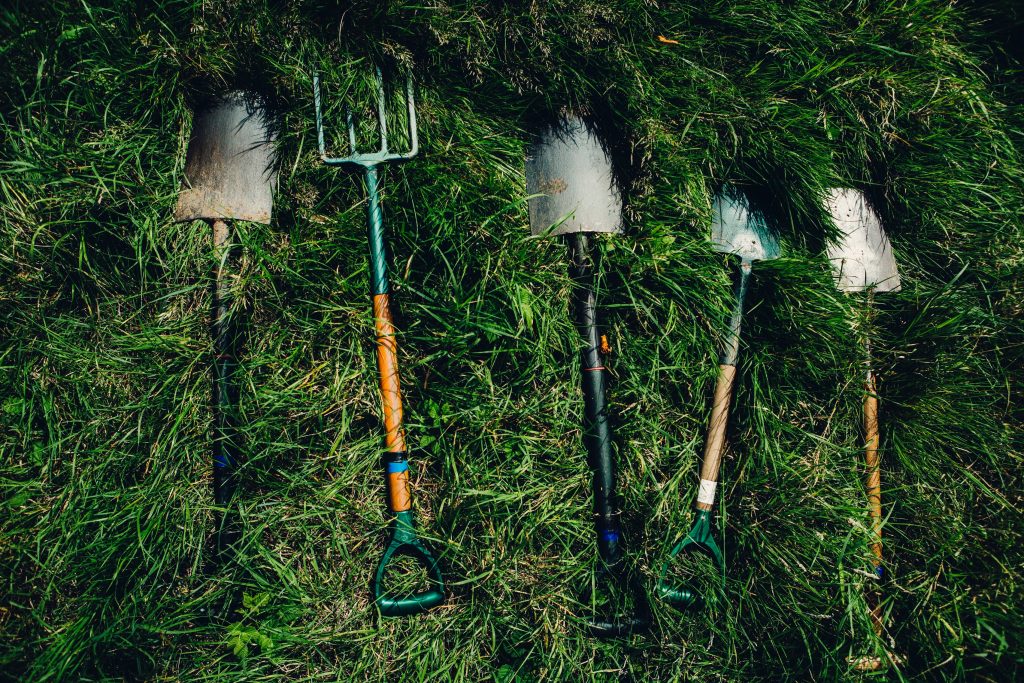
Set up your station in a dry, shady spot near your kitchen for easy access, and close to a water source.
Layer your browns and greens
Construct your compost like you’re making a lasagna, only this time with alternating layers of green and brown ingredients.
Build your first layer at the base of the container by shovelling in browns, including dead leaves, twigs and branches. Water thoroughly to encourage bacterial growth and breakdown.
Next, add a layer of greens including grass clippings and fruit and vegetable scraps.
Repeat with another layer of browns. Finally, add a fourth layer of greens – this time also including materials such as shredded newspaper or straw – and moisten with water. Kickstart your compost by ‘seeding’ it with a thin layer of soil from your garden.
Add your household waste
Your compost is ready to add food scraps and other green materials. As a rule of thumb, if it came from a plant, it can go into the compost.
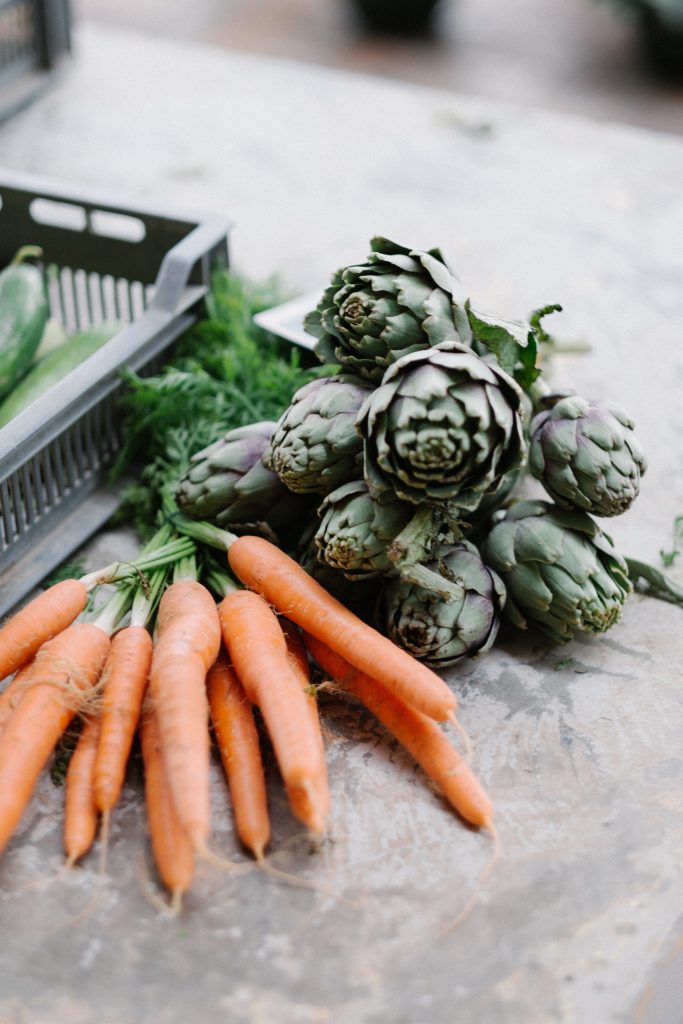
Set up a kitchen scrap bucket and begin to gather household waste such as fruit and vegetable scraps, coffee grounds and tea bags, shredded newspaper and cardboard, vacuum lint, cotton rags, hair and fur, and fireplace ashes. Each time you empty your scrap bucket into the compost, cover it with a layer of browns and moisten with water to keep it productive.
You’ll know your compost is ready when it resembles dark, rich soil or coffee grounds. Pat yourself on the back, then tilt the bin and scrape the finished compost from the bottom.
Careful of these culprits
Avoid adding meat, dairy products and pet waste because these can attract rodents or pests to your new pile of garden gold.
Keep using the garbage bin for cooked foods, fats and oils including peanut butter, glossy paper, chemically-treated wood and diseased plants.
Onions, lemons and acidic ingredients are difficult to break down and can affect the pH level, so only add to your compost sparingly.
Take care of your creation
To give Mother Nature a nudge, turn your compost with an aerator or pitchfork every few weeks for airflow and make sure it’s always moist but not dripping wet. If you’d like to break it down faster, turn weekly.
Your compost shouldn’t be letting off any foul scents. If you notice a rotten egg smell, chances are you’ve added something that’s not compostable, it’s not receiving enough air or you’re watering it too much. Add more browns to rebalance.
